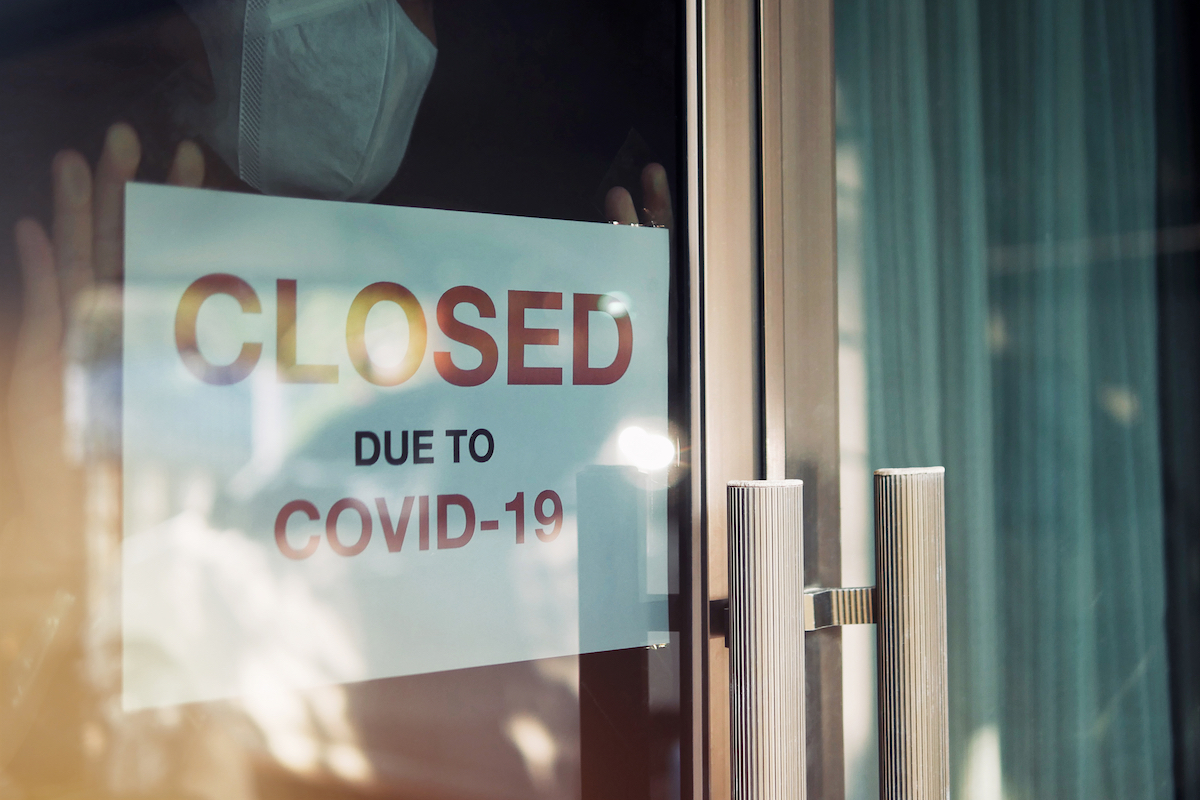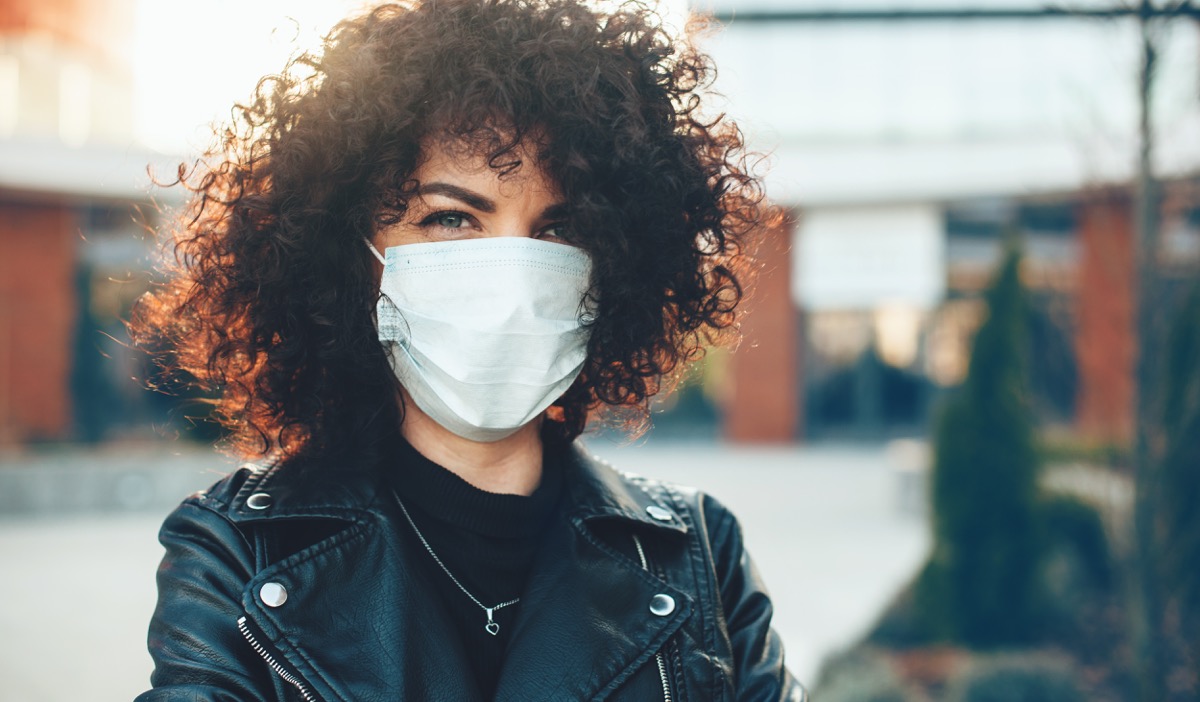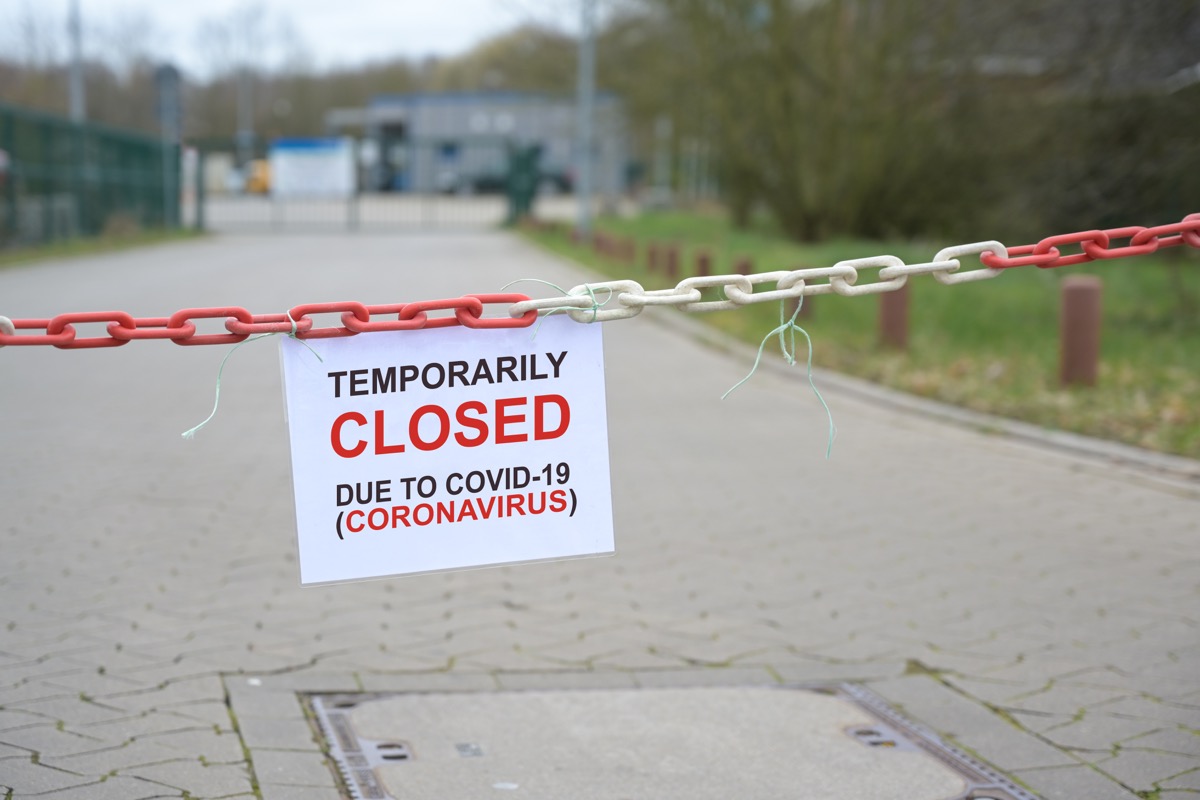The study, which was published on Nov. 10, examined policies across multiple counties across the country—including stay-at-home orders, mask mandates, capacity limits on gatherings, and closing schools, parks, and different kinds of businesses—to see which prevented or failed to prevent COVID fatalities from March through November. While closures were intended to stop the spread of the virus, the study identified several businesses that had the opposite effect when shut down. “Closing low-risk retail businesses such as bookstores and clothing stores actually came with higher fatality growth rates,” according to a statement from the researchers. This means that over time, the percentage of fatalities grew while these policies were in place. This was “likely because it pushed stir-crazy citizens toward higher-risk activities, like spending time indoors with friends,” the researchers speculated. One of the co-authors of the study, Matthew Spiegel, PhD, a professor of finance and director of graduate studies at Yale School of Management, added that “you always have to be careful of what the tradeoffs are because if you shut down one thing, people then engage in another activity.” Spiegel told Best Life that “closing retail stores (boutiques, furniture stores and other small businesses that were typically opened during the first reopening phase), as well as spas, was counterproductive.” And for more up-to-date information delivered straight to your inbox, sign up for our daily newsletter. Limiting gathering to 100 guests was another “harmful policy” singled out by the researchers. It’s possible that this measure “may have the unintended consequence of making people feel too comfortable about inviting over 99 of their nearest and dearest.” On the other hand, the study found that limiting gatherings to 10 people did help curtail the COVID fatality growth rate. And to see what new precaution you’ll have to take now, find out why The CDC Is Requiring You to Do This Starting Today.ae0fcc31ae342fd3a1346ebb1f342fcb “Among the policies that reduced fatality growth rates were general mask mandates, mask mandates for employees, stay-at-home orders, limiting gatherings to 10 people, and closing restaurants, gyms, and parks and beaches,” according to the researchers’ statement. While all of these measures were proven to help, the researchers noted one clear takeaway. “While many of the available interventions work, mask mandates stand out for their effectiveness and relative lack of economic tradeoffs.” The study’s other co-author, Heather E. Tookes, PhD, a professor of finance at Yale School of Management, pointed out that “mandatory mask policies seem to be as effective as policies that have higher costs.” To see which mask you should avoid, find out why This One Type of Face Mask Is “Unacceptable,“Warns the Mayo Clinic. “One goal of our study was to help policy makers discern the benefits from closing various business sectors on COVID fatalities,” Spiegel told Best Life. “We hoped that would let government officials keep open those businesses whose closure provides very little benefit or worse increases the growth in COVID fatalities.” And for another measure that does more harm than good, check out The One Thing You Can Stop Doing to Avoid COVID, CDC Says.



